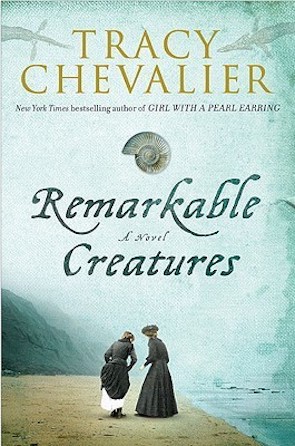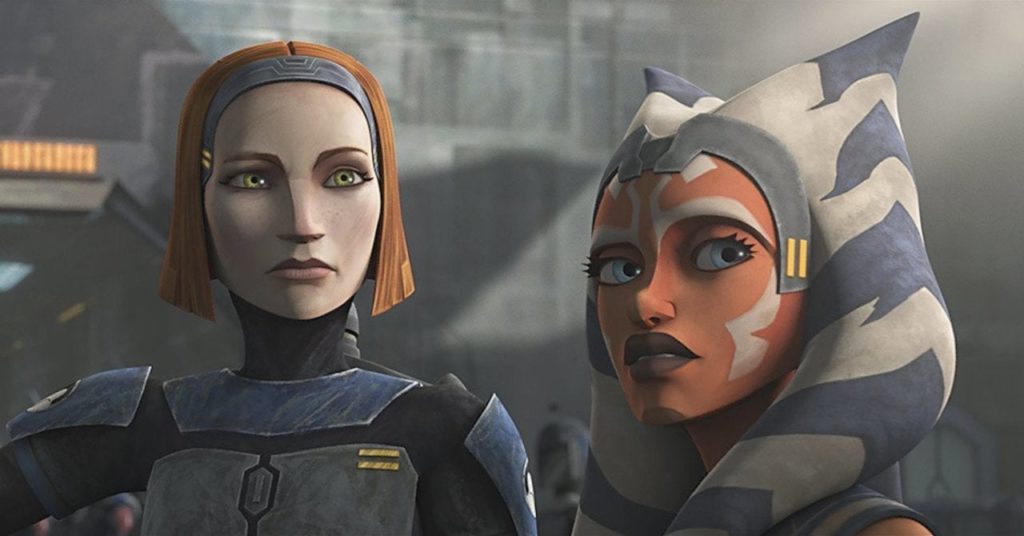Cultural Pop amidst the Ruins
Saturday, December 5th, 2020It has been a longish while since I last wrote a post. The madness of US politics and the pandemic hardships, on top of the never-shortening to-do list, temporarily saturated my bandwidth. But that doesn’t mean I’m totally off the swim of cultural pop, as the opinions below demonstrate.
— The Mandalorian has confirmed itself as dedicated fan service with its assiduous mining of archives in classic missing-scene fanfic mode. Yodling/Grogu/whatev remains consistently annoying and my views of the Jedi remain unchanged (in an interesting sidebar about childgathering in Star Wars that has been left to lie fallow so far, Din Djarin himself is revealed to be not just a janissary, but also a member of a extremist splinter cult in his adoptive culture).
That said, Rosario Dawson made a poised and poignant Ahsoka Tano (Anakin’s name trembles on her tongue at one point, reminding us of the Jedi Council’s lethal self-satisfied stupidity); and Katee Sackhoff was a steely, unflappable Bo-Katan Kryze. However, Temuera Morrison’s Boba Fett looks to be phoning his part in, even if we take the character at his full age and hard living. Where’s Julian Arahanga (as fierce as Morrison in Once Were Warriors) when you need him?
— Discovery is also mining its archives (Andorians, Trill symbionts, empaths) while threatening to become full-time therapy cinema; too, I think Saru making Tilly his Number One because she’s not fully qualified and has nebula-sized insecurities is an appalling decision. The series creators appear to be advancing the tenet that it’s good to have a wobbly high-ranking officer (“No elitist experts!”) plus it’ll be convenient when disobedience suddenly becomes the right stance for a plot twist. It also brings up, yet again, the fact that Starfleet is in fact military, despite its pious mouthings about scientific priorities.
Equally against not just common sense but also principle is the Vulcan president’s unilateral decision to covertly hand over potentially dangerous data to a powerful entity that may not be benign, despite the stated cogent reasons—as well as the transparently self-interested wishes—of all the motley groups that make up this universe’s Vulcan-with-Romulans. Parenthetically, it’s interesting that (with the partial exception of Enterprise) no Star Trek series has managed to make Vulcan just going about its business arresting on its own, resorting to variations of blowing it up instead—perhaps the “Follow your feeeeelings!!” crowd’s ultimate revenge.
 The transportation of the Qowat Milat sisterhood of lost causes from Picard into Discovery adds a potentially bracing condiment to the stew, but Gabrielle’s initial behavior towards her daughter is inexplicable unless you chalk it up to convert zeal; likewise, Michael’s avoidance of finding out how her little brother fared once she literally left him behind is equally against character. At least David Ajala (Cleveland Booker, the worthy inheritor of the Book moniker from Firefly/Serenity and a far better partner to Michael than Ash/Voq) remains balm on both brain and eyes, just as Ethan Peck (younger Spock) and Anson Mount (Captain Pike) did in the previous season.
The transportation of the Qowat Milat sisterhood of lost causes from Picard into Discovery adds a potentially bracing condiment to the stew, but Gabrielle’s initial behavior towards her daughter is inexplicable unless you chalk it up to convert zeal; likewise, Michael’s avoidance of finding out how her little brother fared once she literally left him behind is equally against character. At least David Ajala (Cleveland Booker, the worthy inheritor of the Book moniker from Firefly/Serenity and a far better partner to Michael than Ash/Voq) remains balm on both brain and eyes, just as Ethan Peck (younger Spock) and Anson Mount (Captain Pike) did in the previous season.
Both The Mandalorian and Discovery try to show what happens after an empire has fractured into tribal splinters. The Mandalorian is better at capturing the anomie, opportunism and potential of this configuration, whereas Discovery dangles reconstruction optimism in typical Star Trek fashion. Of course, the franchise hedges its bets by having its concurrent Picard outing hard at work to deconstruct this hopeful mirage. The combined view from Discovery and Picard suggests that the Federation was/will be as good an overlord as the Empire. At least Discovery is no longer summarily killing its mother figures, while The Mandalorian hews to the Lucas diktat of bringing kids up without them. On the third hand, I’d hate to see Ahsoka Tano abandon her own quests to help raise Gluglu, despite fetching Madonna-and-Child poses in that episode.
— I recently finished two science fiction novels that looked extremely promising at the start but fizzled out spectacularly midstream: The New Wilderness by Diane Cook and Goldilocks by Laura Lam.
Wilderness is an apocalyptic limited-knowledge-POV diptych that’s admittedly atmospheric but totally lacks character depth (everyone remains a cipher) and context underpinnings. Goldilocks starts with the launch of a fascinating unsanctioned mission (with interesting correspondences to the Mercury 13), only to then spring all the hoary tropes on record: demonic powermongering crone, unplanned pregnancy as an unexpected boon, deus ex machina global rescue. Where are good editors when you need them?
— Last but not least, I saw Ammonite, a film purporting to “freshen up” the story of Mary Anning, one of the intrepid explorers who changed science despite the strictures laid upon her by Victorian mores. Beyond being a second-class human (aka a woman), Anning was also working-class and self-educated, additional stones in an already bulging bucket of handicaps. Cuvier accused Anning of fraud, since someone like her could never possibly have achieved what she did. And of course the conclusions forced by her findings (she was Darwin’s contemporary) went directly against the dictates of what was then state-sanctioned religion.
 It comes as no surprise that the “freshening up” in Ammonite is a no-holds-barred sexual bonfire between Mary Anning and Charlotte Murchison, respectively embodied by Kate Winslet and Saoirse Ronan—both outstanding at portraying complex characters. In real life, Anning and Murchison hunted fossils together and became close friends; and of course Victorian-era close friendships between women could be anything from the equivalent of the Han laotong to full-blown love affairs and Boston marriages.
It comes as no surprise that the “freshening up” in Ammonite is a no-holds-barred sexual bonfire between Mary Anning and Charlotte Murchison, respectively embodied by Kate Winslet and Saoirse Ronan—both outstanding at portraying complex characters. In real life, Anning and Murchison hunted fossils together and became close friends; and of course Victorian-era close friendships between women could be anything from the equivalent of the Han laotong to full-blown love affairs and Boston marriages.
The chemistry between the two performers is incandescent, the sex scenes undeniably hot. And Winslet, in particular, excels at presenting Anning as a formidable presence who won’t be bent into performing the traditional feminine appeasements even for love. However, the focus on the love affair detracts from seeing Anning at her work. The glimpses we get are thrilling, and we crave more. Additionally, Murchison was not the wilting, lisping princess of this film: she was a geologist who traveled all over the world pursuing her interest, and it’s unlikely she had the brittle Betty Boop mannerisms that Ronan adopted for this incarnation.
If you want a truly insightful, absorbing view of Anning that does full justice to her vocation, read Tracy Chevalier’s Remarkable Creatures. Chevalier chose a different counterpoint for Anning: Elizabeth Philpot, who’s reduced to a doleful spurned lover in Ammonite but was a far more dynamic figure in real life (inter alia she was Anning’s mentor). Women who broke molds deserve happiness and hot sex; but they also deserve full embrace—and illumination—of their creative fires.
Images: top, Bo-Katan Kryze and Ahsoka Tano in The Clone Wars animated series; middle: Book with his familiar; bottom: Tracy Chevalier’s Remarkable Creatures
Selected related articles:
Who Will Be Companions to Female Kings?
Those Who Never Got to Fly
Where Are the Wise Crones in Science Fiction?
“We Must Love One Another or Die”: A Critique of Star Wars
The Hue (and Cry) of Stormtroopers
Of Fast Micro-Sails and Slow Swashbucklers
The Last Jedi: Lunchboxes for the Next Generation
“Nen lókdwenzish, Michael”: Sister-Brother Love in Science Fiction


